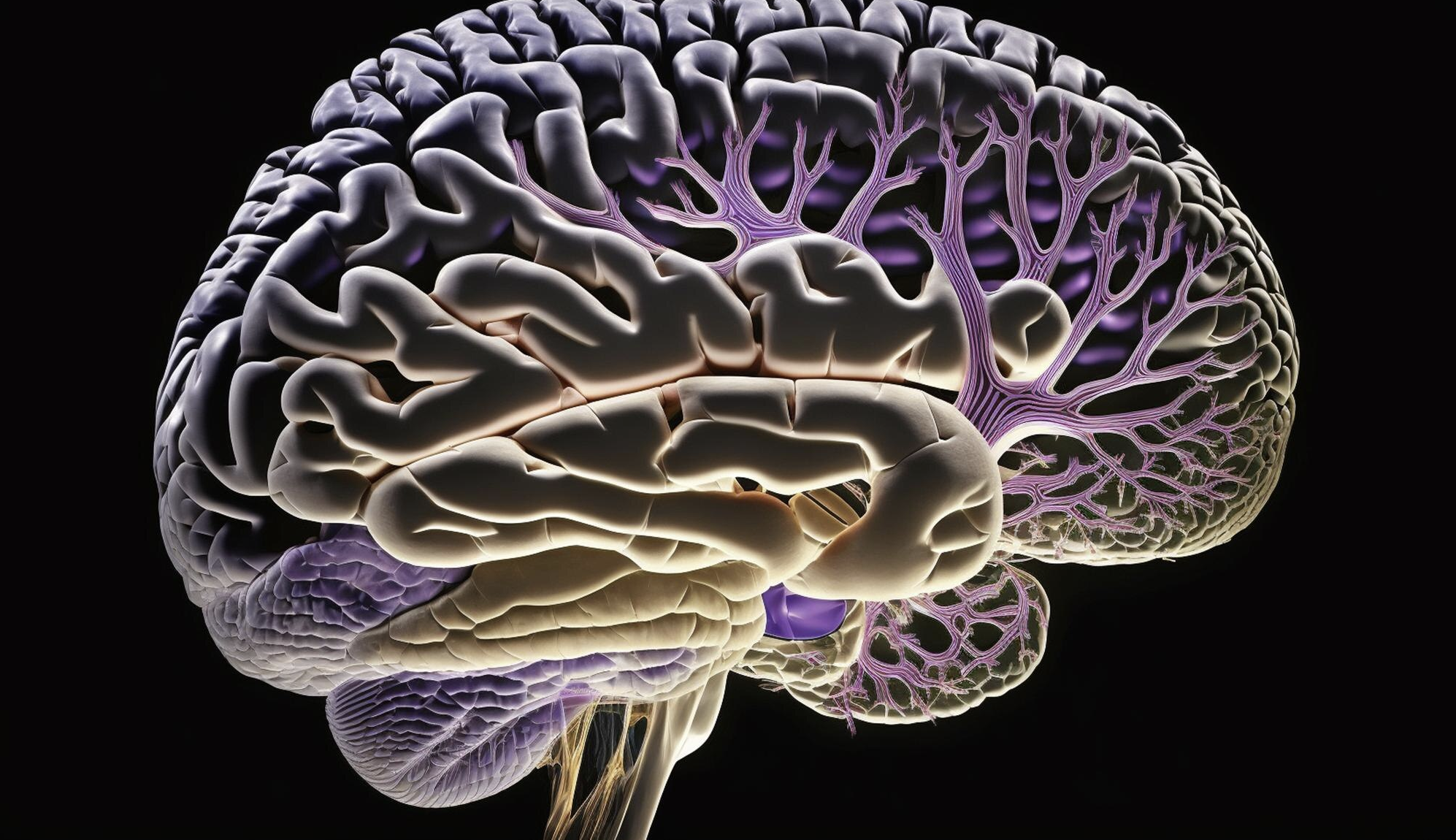layouts/_default/single.html:
Ep 3 - Neuroscience: It's All In Your Head
Download on Apple… Spotify… Amazon Music
About The Guest: Professor Muireann Irish
Muireann Irish is a professor of cognitive neuroscience from the School of Psychology and Brain and Mind Center at Sydney University.
She has won numerous international and national awards and has been recognized for her contributions to the field of neuroscience.
With a focus on cognitive neuroscience, Professor Irish aims to understand how the brain enables us to think and behave.
More about Muireann
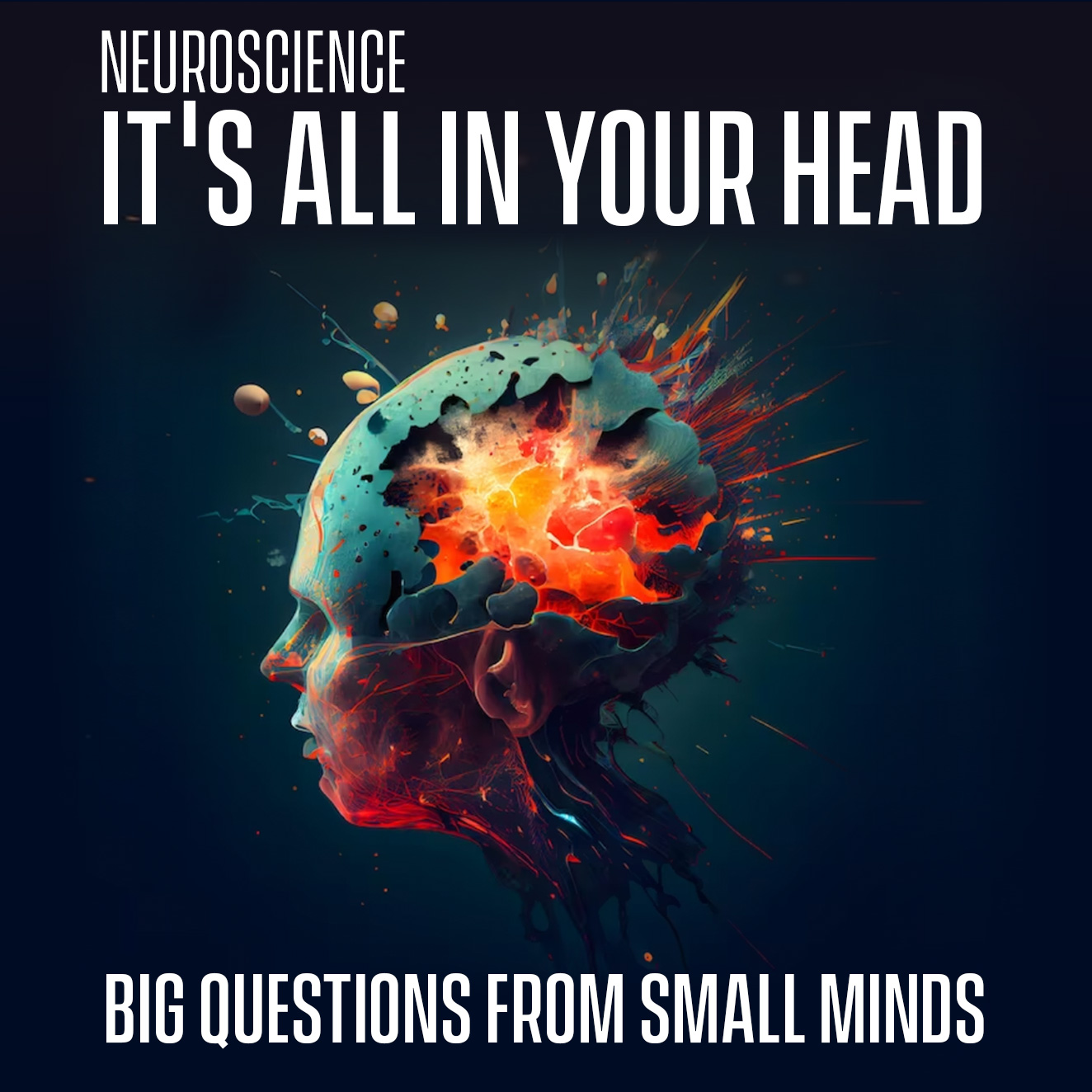
Summary of Episode:
Muireann discusses with Tom and Phil the field of neuroscience and its history.
She explains that neuroscience is the study of the brain and nervous system and focuses on understanding how the brain enables us to think and behave. She also talks about the ancient Egyptians and Greek philosophers' early interest in the brain and how our understanding of the brain has evolved over time. Muireann explains the structure of the brain, including the grey matter, white matter, and important structures like the hippocampus and amygdala.
She also discusses the relationship between the mind and the brain and the challenges of understanding consciousness.
Muireann emphasizes the importance of daydreaming, explaining that it is a complex cognitive process that helps with memory, imagination, and problem-solving.
She also addresses questions about the brain’s activity during death, the experience of time, and the perception of colour.
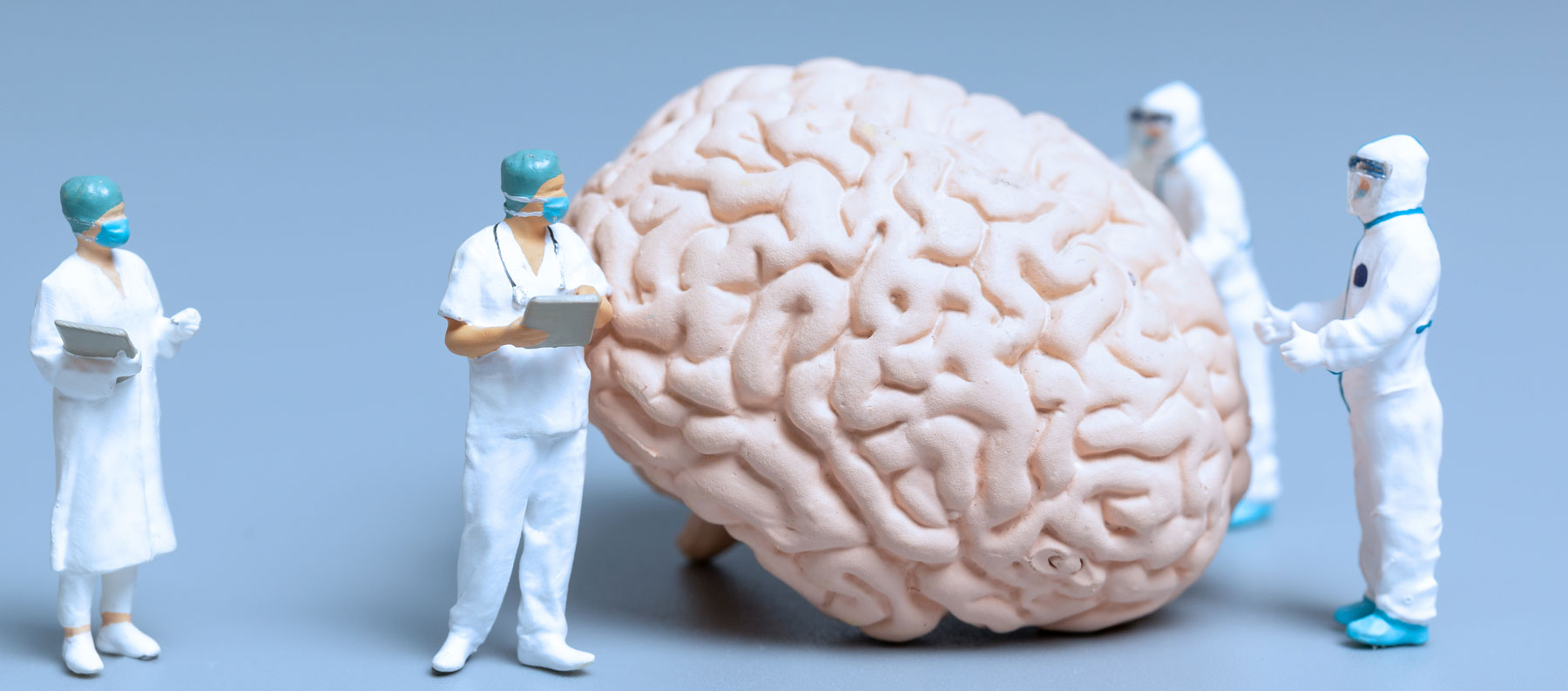
The Intricate Landscape of the Brain
When it comes to the physical structure of the brain, Professor Irish paints a vivid picture.
She describes the brain as a “big, undulating pink blob of jelly” on the outside. However, upon closer examination, the brain reveals a complex landscape. The outer portion, known as the gray matter, surrounds the lighter section of cells inside the cortex, called the white matter.
These fibers in the white matter connect different regions of the brain, facilitating the transmission of information. Additionally, she highlights the significance of structures like the hippocampus and the amygdala.
The hippocampus, resembling a seahorse or the Nike symbol, plays a crucial role in memory, imagination, and creativity.
On the other hand, the almond-shaped amygdala is responsible for processing emotions and forming strong emotional memories. Together, these structures orchestrate the intricate dance of cognition and emotion within the brain.
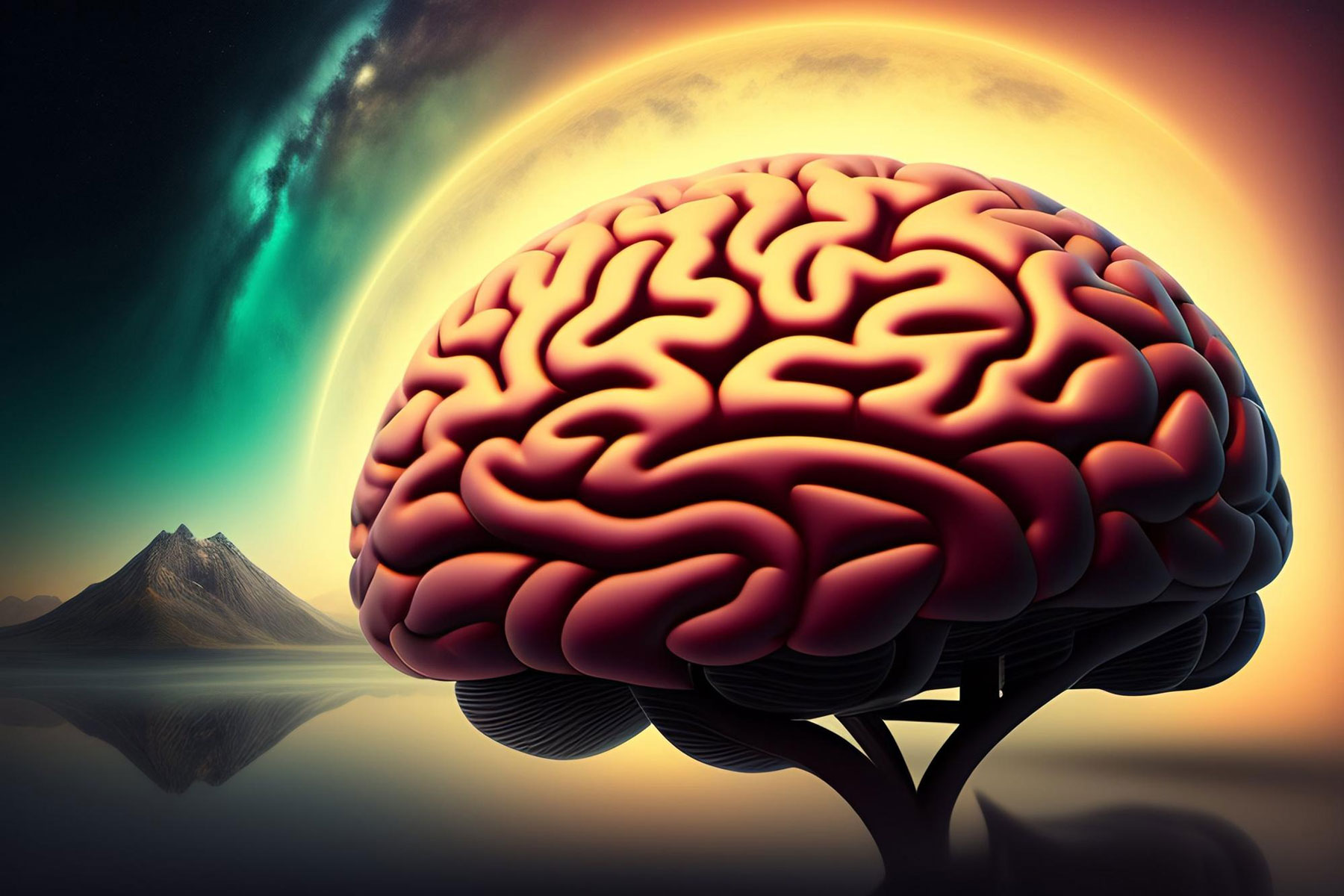
From Ballerina Dreams to Neuroscience
Professor Irish’s journey into the world of neuroscience was not a predetermined path. In fact, she initially aspired to be a ballerina. However, her love for learning and fascination with mathematics led her to pursue a broader course in university. Eventually, she found herself drawn to psychology and, more specifically, the study of memory and the brain.
This interest was further fueled by her personal experience with her grandmother’s battle with Alzheimer’s disease.
Witnessing the decline of memory firsthand, she became determined to make a difference.
Her research on the potential of music to enhance memory retrieval in individuals with dementia exemplifies her dedication to finding innovative solutions.
However, she also learned the importance of tailoring interventions to individual preferences, as her grandmother did not respond favorably to the music she had chosen.
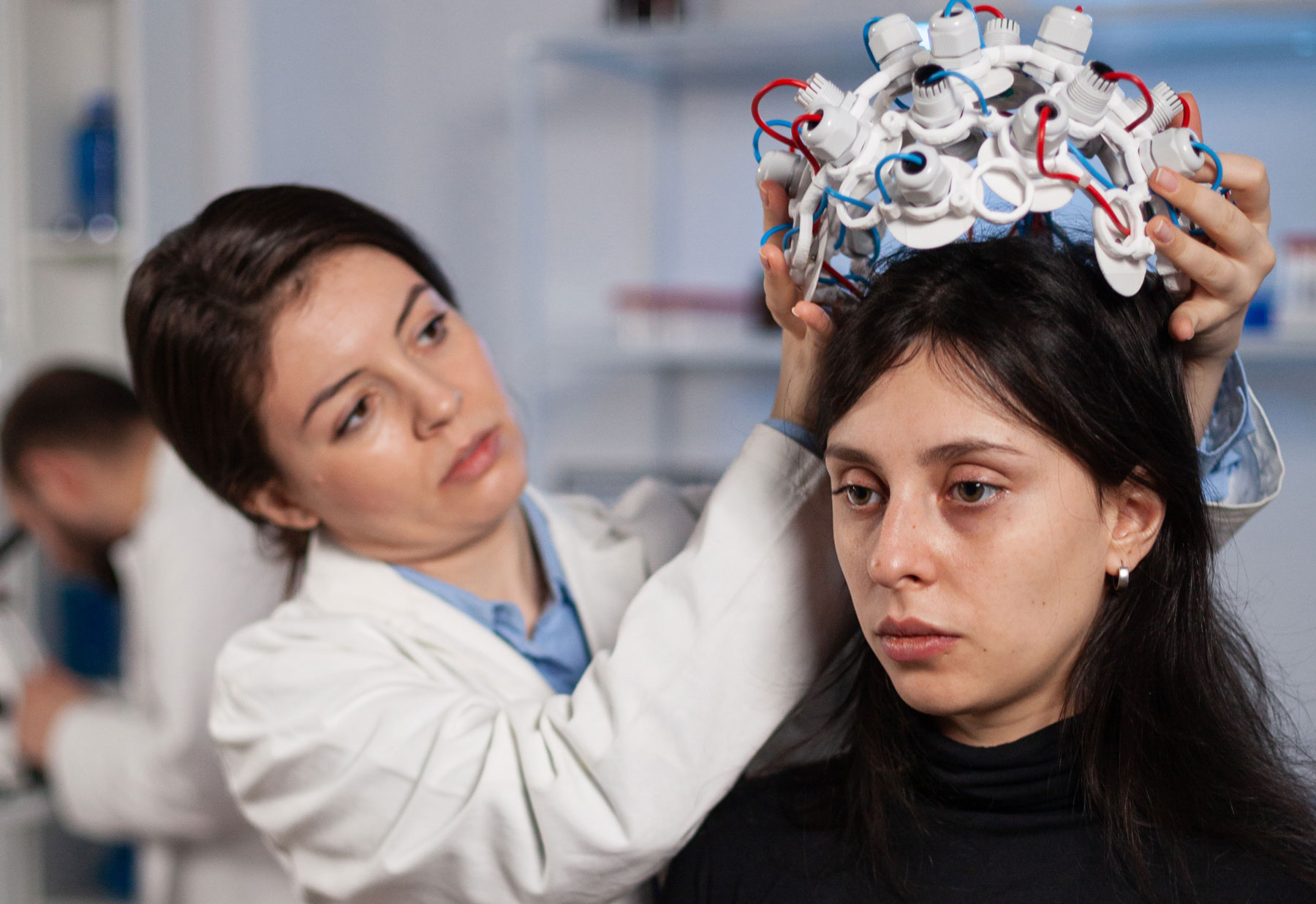
The Enigma of Consciousness
One of the most profound questions in neuroscience revolves around the nature of consciousness.
Professor Irish acknowledges that despite centuries of inquiry, we still lack a definitive answer.
The brain’s ability to generate conscious awareness from a physical, jelly-like substance remains a perplexing puzzle.
She highlights the complexity of this problem, emphasizing that it is unlikely to be solved within her lifetime.
The quest to unravel the mysteries of consciousness continues to captivate researchers, with the hope of one day shedding light on this enigma.
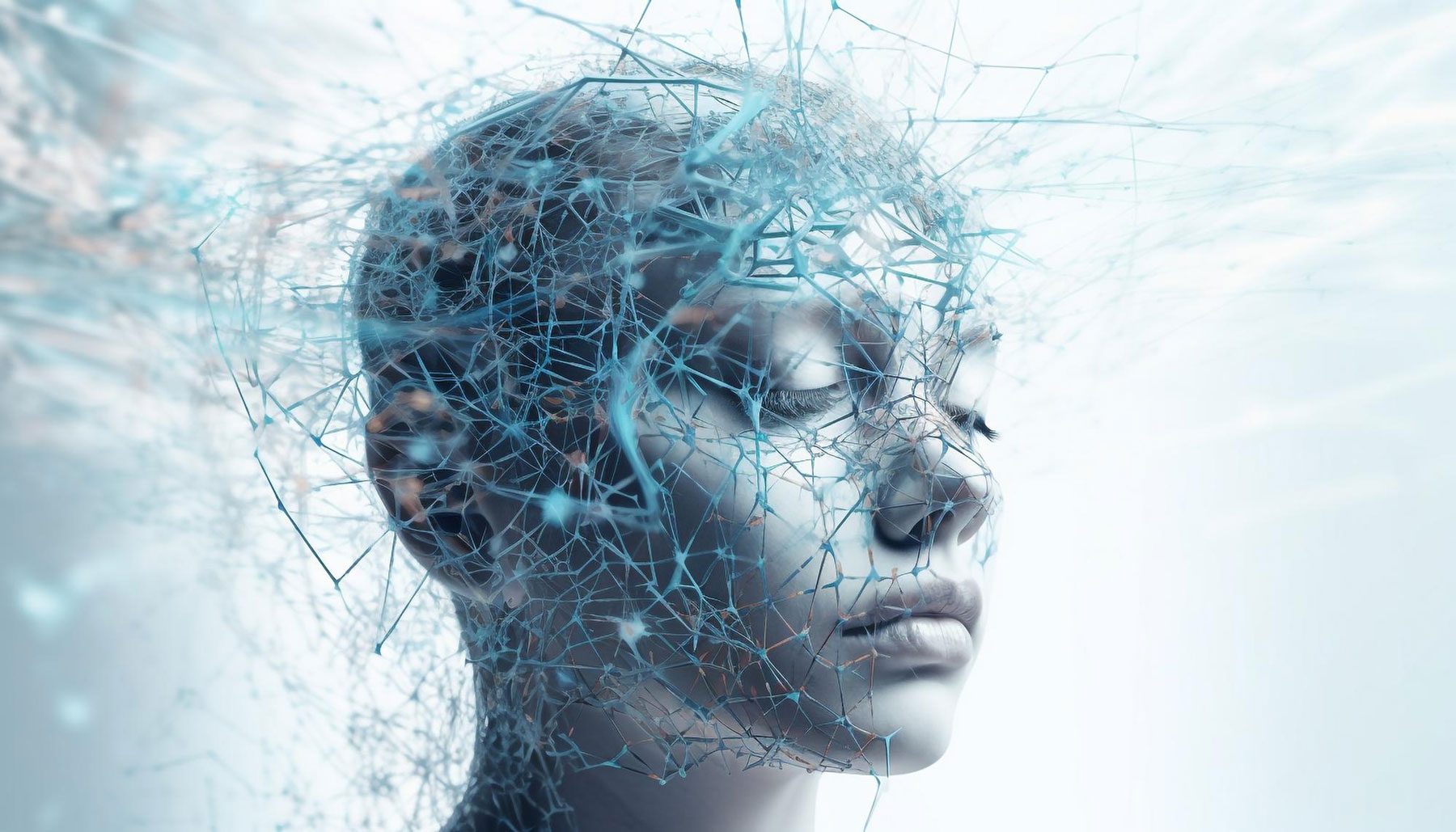
The Power of Daydreaming
Contrary to popular belief, daydreaming is not a mindless activity.
Professor Irish emphasizes the importance of daydreaming, particularly for children.
She dispels the notion that daydreaming is detrimental and instead highlights its adaptive purpose.
Daydreaming allows the brain to predict and plan for future events, helping us remember important tasks and engage in creative problem-solving. Moreover, daydreaming is closely linked to creativity and breakthrough moments.
Professor Irish encourages children to embrace daydreaming as a valuable cognitive exercise that stimulates the brain and fosters innovation.
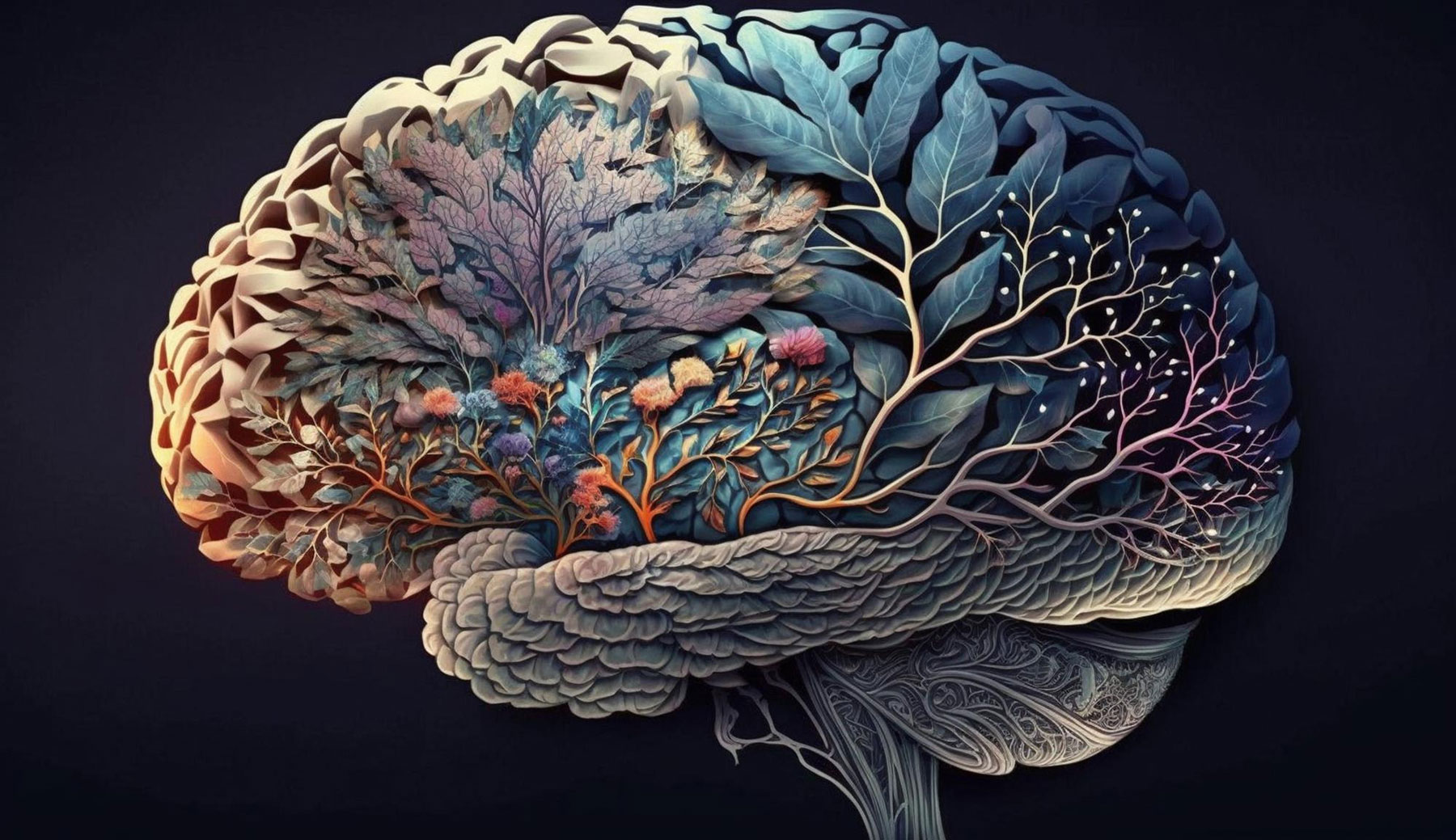
The Mysteries of Time Perception
Our perception of time is a fascinating aspect of neuroscience.
Professor Irish explains that our experience of time is not constant but rather influenced by various factors.
Engaging and novel experiences tend to make time fly, while monotonous routines can make it drag. The brain’s ability to predict and make sense of the world plays a significant role in our perception of time.
Additionally, emotional events can distort our perception, as seen in the phenomenon of time slowing down during traumatic incidents.
Furthermore, the brain’s reliance on memory and the formation of landmarks can affect our perception of time. For instance, the car ride to Granny’s house may feel longer due to the novelty and anticipation, while the return journey feels shorter due to familiarity.
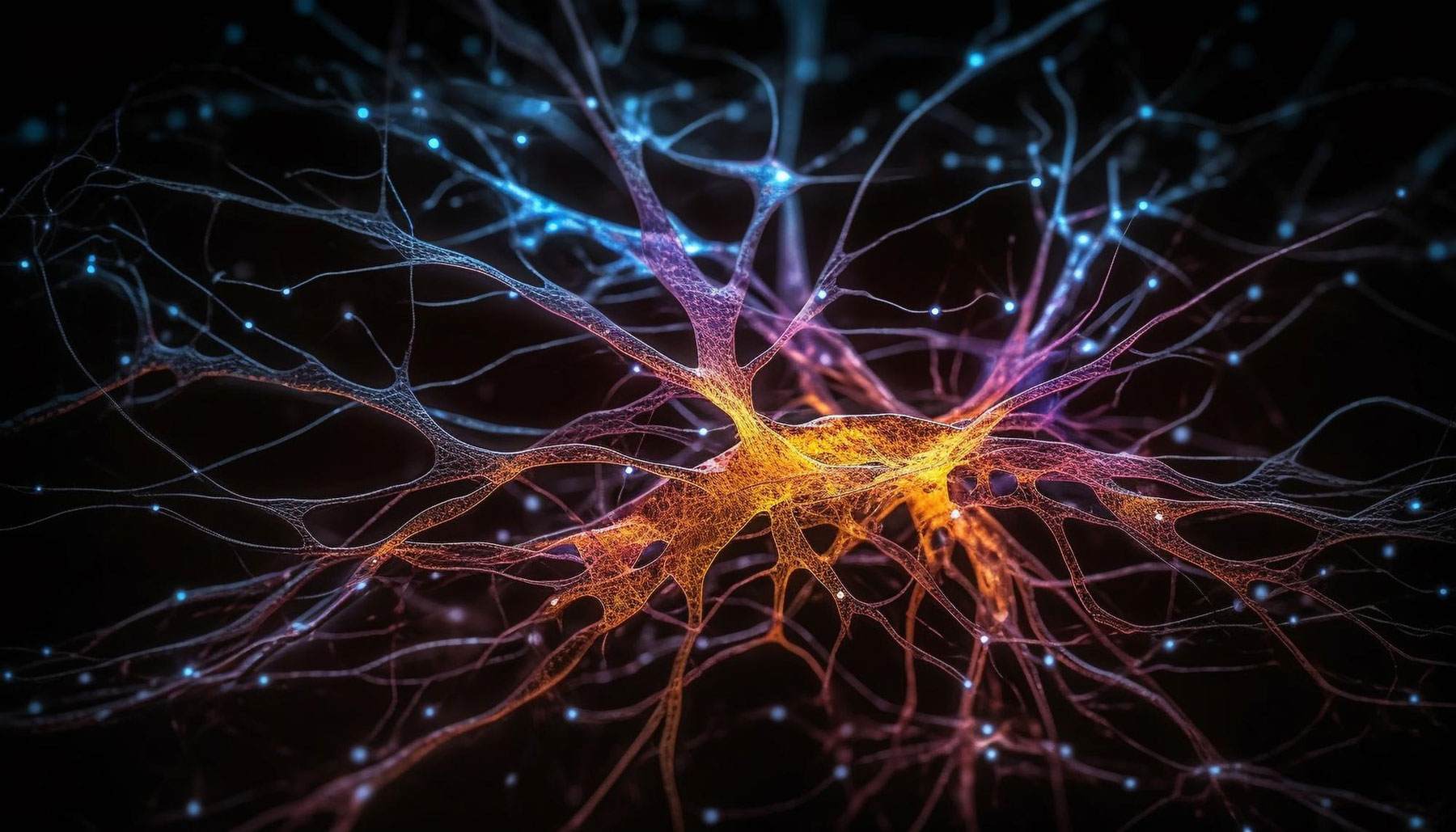
The Mysteries of Life and Death
The question of what happens to the brain when we die remains shrouded in mystery.
Professor Irish shares a fascinating study that observed the brain activity of a man who had a heart attack during a routine brain scan.
The researchers noticed a surge of brain activity just after the heart stopped working, particularly in the gamma frequency associated with memory and flashbacks.
While this study offers intriguing insights, it is important to note that it is a single case study and further research is needed to draw definitive conclusions.
The mysteries of life and death continue to elude us, leaving room for speculation and wonder.
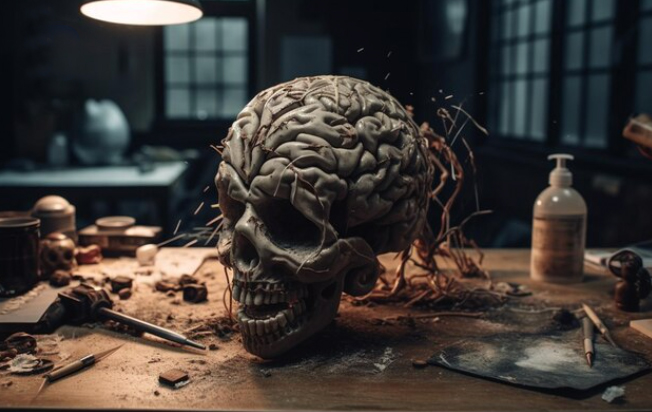
The Intriguing Phenomenon of Deja Vu
Deja vu, the feeling of experiencing something familiar when encountering a new situation, has puzzled scientists and individuals alike.
Professor Irish sheds light on this phenomenon, explaining that it is linked to the feeling of familiarity without the accompanying contextual details.
Our memories are not perfect replicas of past events but rather reconstructions influenced by our prior experiences and knowledge.
Deja vu occurs when the brain recognizes a familiar aspect of a new situation, creating a sense of familiarity without the full episodic memory.
While the exact mechanisms behind deja vu remain elusive, this explanation provides valuable insights into this intriguing phenomenon.
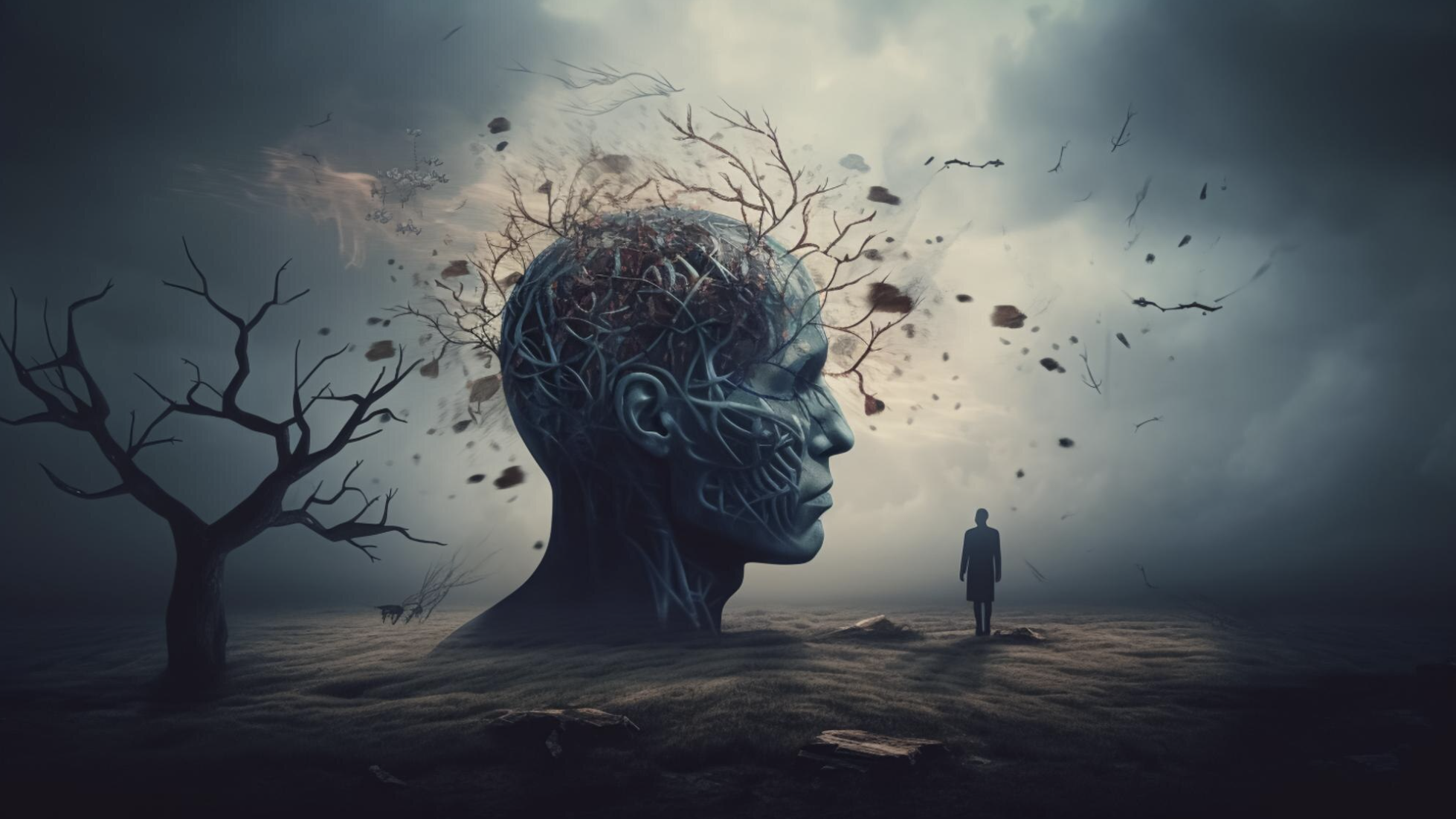
Implications and Future Outlook
The exploration of neuroscience and the mysteries of the brain have far-reaching implications.
Understanding the brain’s inner workings can lead to advancements in treating neurological disorders, enhancing memory and cognitive function, and unlocking the secrets of consciousness.
Moreover, embracing the cultural diversity of neuroscience research can provide a more comprehensive understanding of the human brain and its complexities.
As we continue to unravel the mysteries of the brain, the future holds the promise of groundbreaking discoveries that will shape our understanding of ourselves and the world around us.
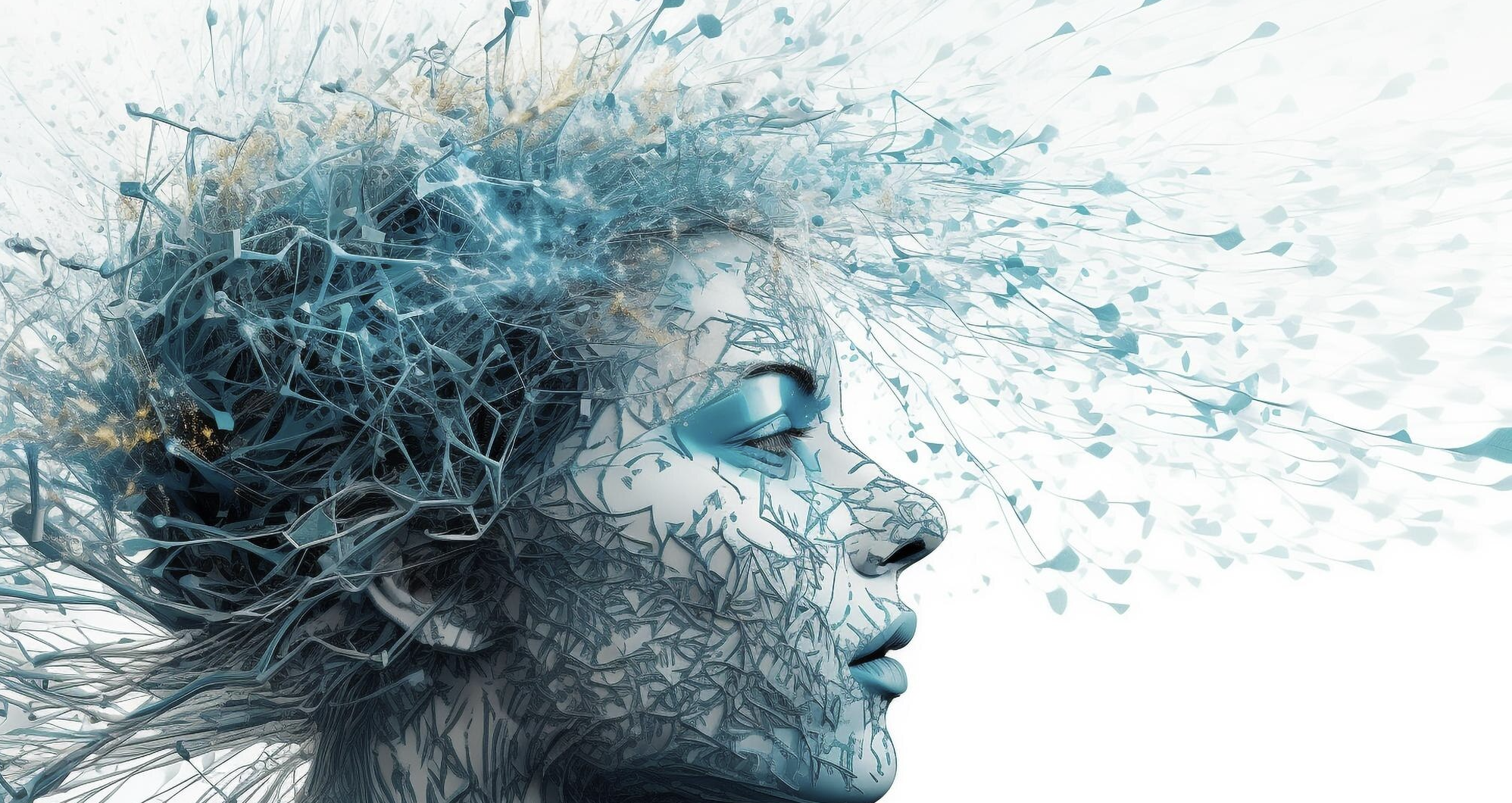
TRANSCRIPT
Hello and welcome to Big Questions from Small Minds, the podcast where we ask professors questions that seem too massive, too complicated or even stupid.
We also have lots of intelligent questions. No, not ours. They’re questions from actual small minds, children’s. So Phil, when does a brain get afraid? When it pees its pants. When it loses its nerve.
00:30
Today we’re talking neuroscience, the brain, how it works, what happens when it doesn’t and why daydreaming is probably the best thing you can do. Guys we’re talking with Myran Irish, a professor of cognitive neuroscience from the School of Psychology and Brain and Mind Centre at Sydney University. She has a history of winning numerous international and national awards. On average, she’s won at least one significant national or international prize per year.
00:59
since 2013. She’s huge. She even has her own Wikipedia page. This episode is going to be all about the brain. So if you’re a zombie, get ready to tuck in. Brains! How does your brain work? What will the world be like in a hundred years if we don’t fix climate change? Why do I have to sleep? Can robots have emotions? Big questions from small minds. Professor Moon?
01:28
Thanks so much for coming on. Oh, it’s my pleasure. Okay, so what is neuroscience and when did it begin? So neuroscience, if you think about the word itself, it’s just the science of the brain and the nervous system. There are many different types of neuroscience, clinical neuroscience, computational neuroscience, but the discipline that I work within is called cognitive neuroscience. And that’s where we’re trying to really understand how does the brain enable us to think and enable us to behave.
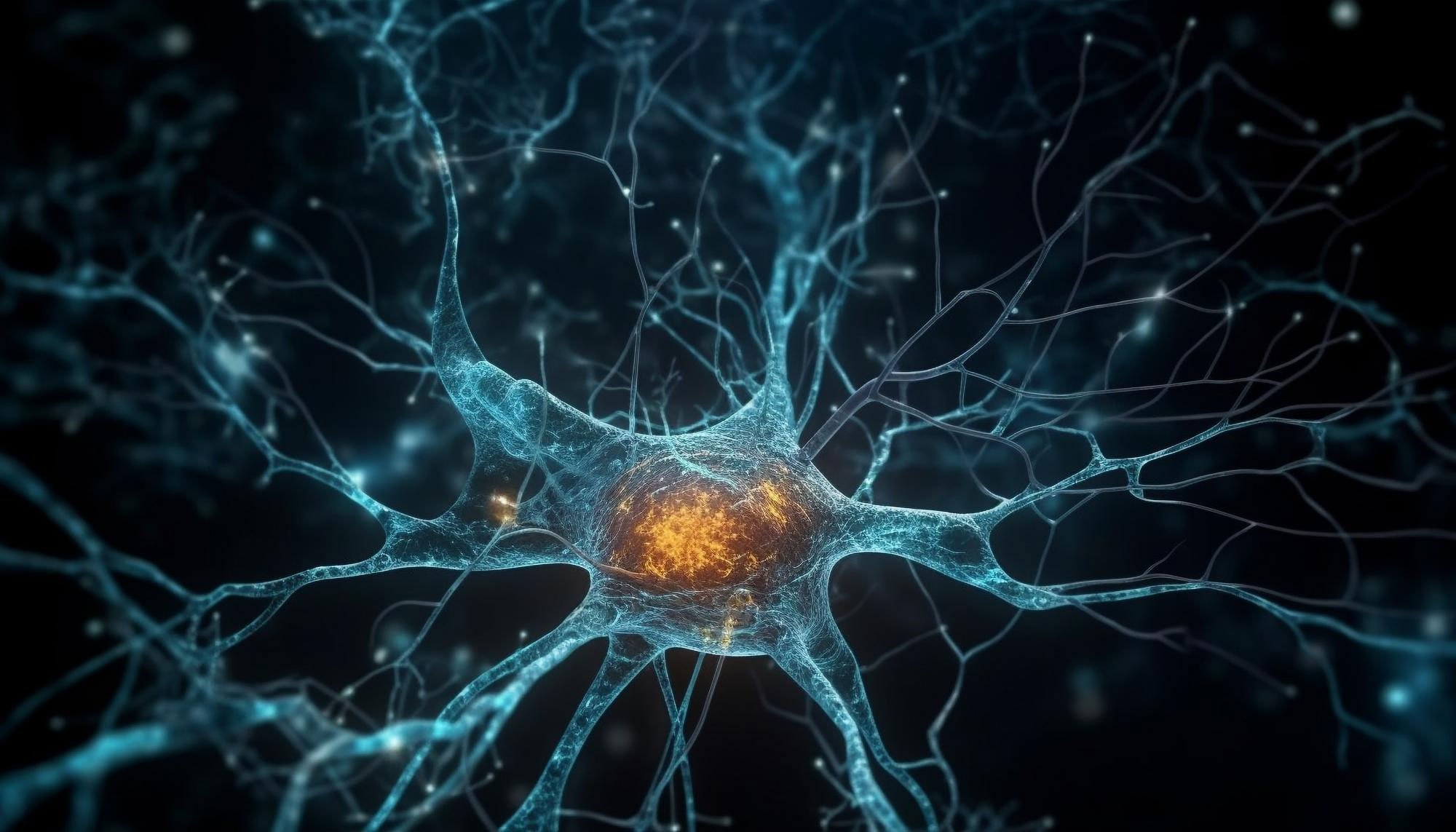
01:57
It might seem like a straightforward question, but it’s actually really complex. And we won’t figure it out in my lifetimes, but it’s just kind of chipping away at different aspects of memory, of daydreaming, of imagination, of creativity. And then trying to work out what circuits in the brain are helping us to do these really, really complex functions so easily that we don’t really have to think about it. People have been consumed with the idea of how does the brain work ever since.
02:26
records have begun. So there’s reports of the ancient Egyptians sketching it on the papyrus trying to work out what the brain was doing. And we know the ancient Greek philosophers were wondering like what does the brain do and how does the brain relate to the mind? Aristotle thought that the brain cooled down the blood. Plato was thinking that the brain was actually the seat of
02:56
So there’s all these different early inklings that people were really into what the brain is doing and trying to work out how a physical jelly-like substance gives rise to consciousness. And we still don’t have an answer even today. It must be really hard to figure out, you know, 2000 years ago, how the brain works, because the minute you take it out, it stops working. That’s it, and we have a lot more sophisticated ways of finding out about how the brain gives rise to certain functions, because we can do that now with imaging.
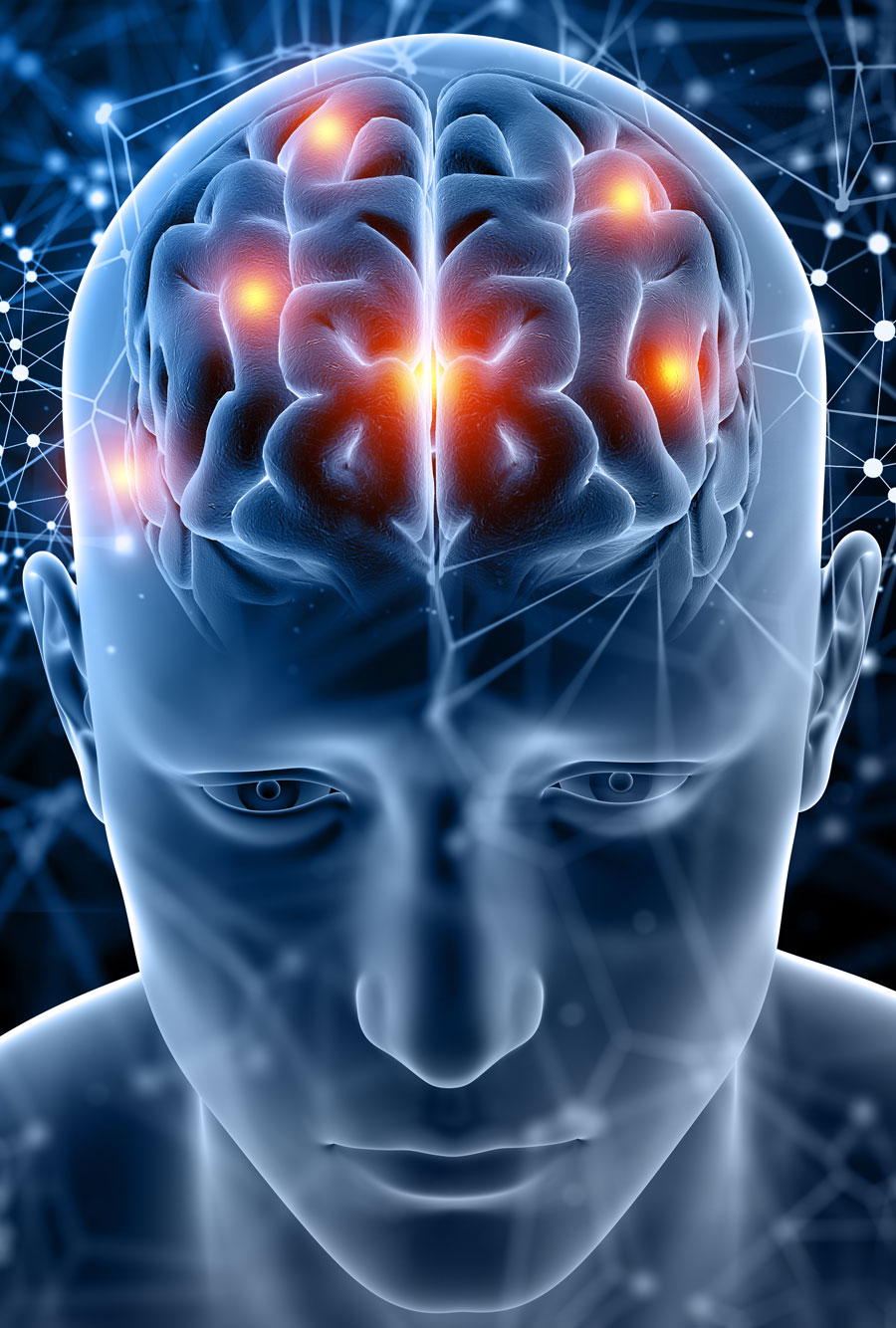
03:25
What we can do is actually give people tasks in the MRI scanners, the brain scanner, and we can actually see then what regions of the brain seem to be responding or we say like activating, and what does that tell us about what the function of those regions might be? Wow, that is huge. Yeah, that’s really cool. And all the kids listening, just hearing that, you know more about the brain than Aristotle and Plato. Well, if you say so. Okay, kids question.
03:54
What does the inside of your brain look like? Great question. On the outside of the brain it looks like this sort of big undulating pink blob of jelly. But if you were to get a knife and then cut the brain down in half and open it out like a book, what you’ll see is that there’s a whole sort of landscape in there.
04:20
you’ll notice that there is a dark sort of outer portion around the edges, and that’s the gray matter. Then on the inside, there’s like a lighter section of sort of cells cortex. Inside the cortex is called the white matter. And so these are the fibers that connect gray matter regions. And they actually allow us to sort of pass information between different areas of the brain. And so the two sides of the brain communicate via this big tract of fibers. That’s called the corpus callosum.
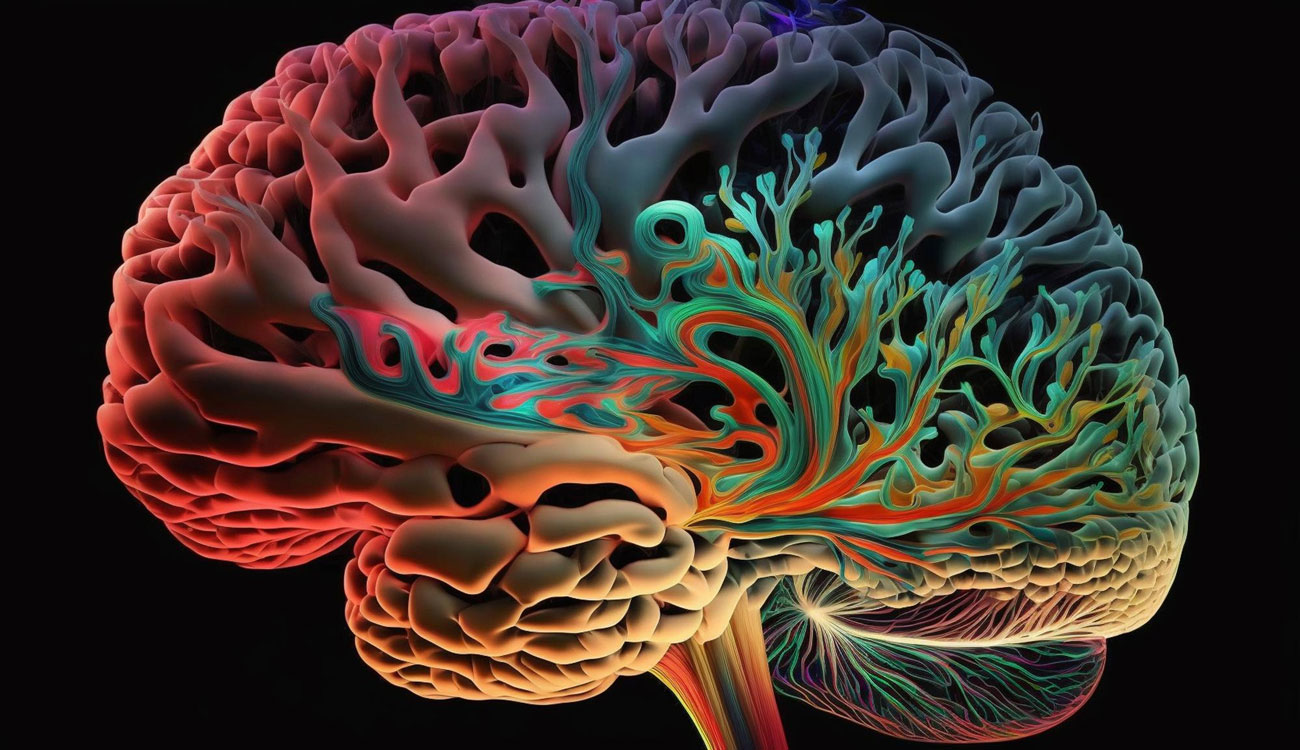
04:49
And that lets us actually have one side of the brain talk to the other side. And then you’ll also see other little structures in there. There’s one that looks like a seahorse or like the Nike symbol, like a swish. And that’s called the hippocampus. Neuroscientists are really fascinated with the hippocampus. Because this is one of these structures that seems to be really crucial for memory and it’s doing a lot of different heavy lifting in the brain for memory.
05:18
for imagination, for creativity. So it’s a really important structure and it’s one that actually seems to be quite vulnerable in conditions like dementia. And is that right down in the middle of the brain? Yeah, so it’s kind of like from the top of your cheekbone and it stems back into the back of your brain. It’s like a really well-placed structure to connect information from your visual system at the back of the brain in through to regions in the front of the brain that are important for like attention.
05:47
And how big is the hippocampus? Pretty small. So it’s probably, I’d say, maybe thumb length. Thumb length. Yeah. And then on the front of the hippocampus is another really cool structure called the amygdala, which is shaped like an almond. And that’s really important for emotion. And so that’s why memory and emotion are coupled together so closely and why sometimes we have very strong emotional memories. They’re basically neighbors in the brain.
06:14
They’re working together, yeah. They’re roomies. Wow. And so if anyone’s wondering where the hippocampus and the ming-la-la live, it’s on memory lane, people. So growing up, did you always hassle your parents to want to see brains, to open up a frog and look at brains? Absolutely not. The career objective of mine was to be a ballerina.
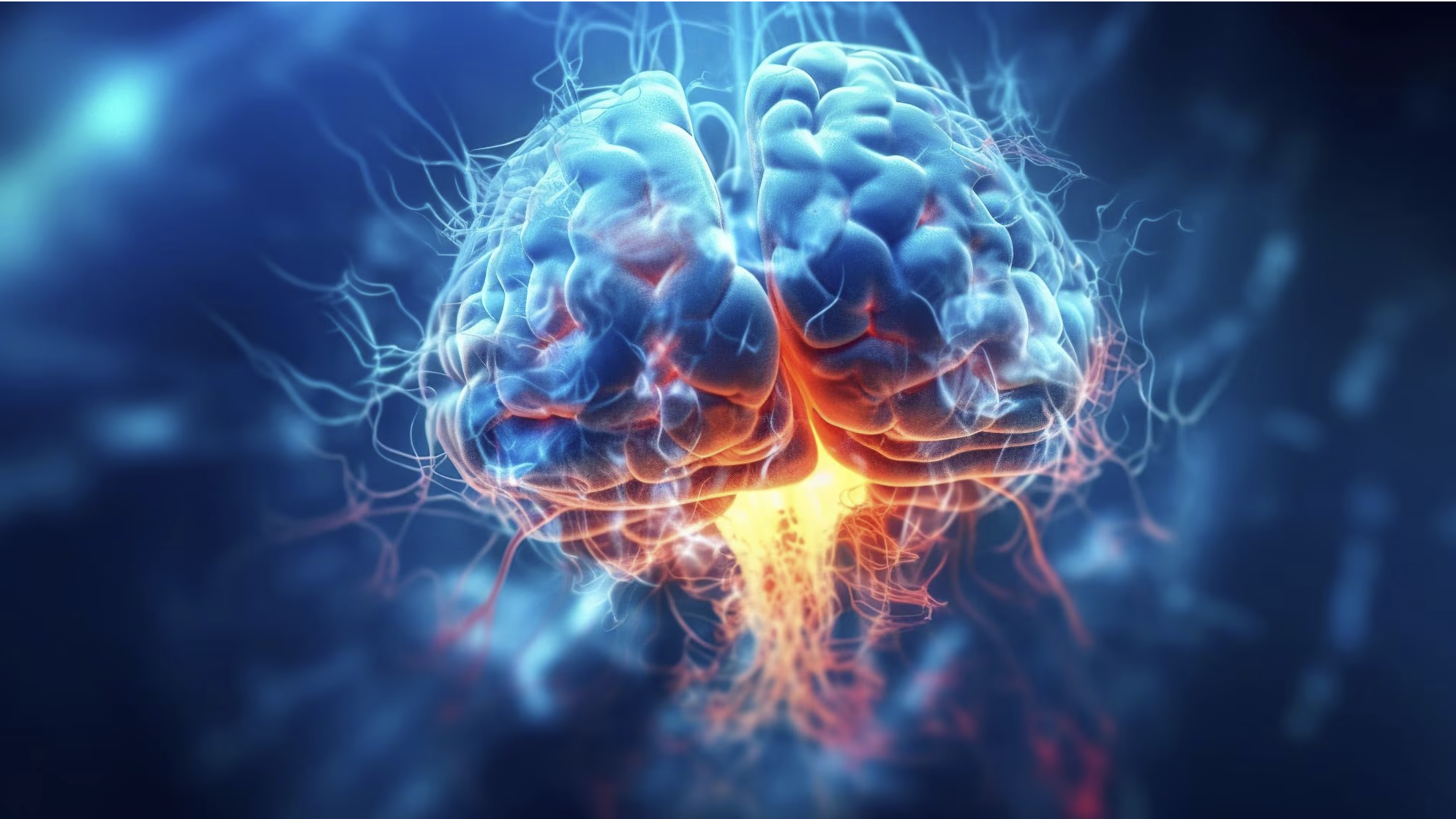
06:42
I liked school, I liked learning, I always really liked math. And I didn’t know what I was going to do at uni either. So I picked quite a broad course and I thought I’d go for medicine and I got into medicine. And then my mother reminded me that I actually don’t like blood and I’m really squeamish. So I changed to psychology.
07:01
I remember sitting through lectures on memory and the brain and just thinking, this is really, really cool. I just felt that moment, like, this is what I want. And, but at the same time, my grandmother had developed Alzheimer’s. And so there was a parallel of learning about memory and being so enamored with it. But then also seeing memory starting to decline and wanting to do something about this. Wow. Did you get a chance to help your grandmother? So it’s a bit of a funny story.
07:28
I was exploring how music could actually boost memory retrieval in people with dementia. And we had been working with pieces of music like Vivaldi’s Four Seasons and having really good effects. And so I traveled down to see my grandmother one weekend and I like popped my tape in. You can explain to the listeners what a tape is. Played the tape and she basically told me to turn off the music because she didn’t like that style.
07:58
I learned a big lesson about tailoring interventions to the person and not everything works for everyone. Wow, that’s cool. Yeah, awesome. Next kid’s question. What is the difference between the brain and the mind? Or are they the same thing? Yeah, that’s a very philosophical question. For me, I would tend to look at them in terms of being heavily interconnected. You can’t have a mind without a brain, basically. So the brain is the…
08:27
physical matter that enables us to generate thoughts and to generate ideas and to generate a sense of self. And also the brain gives us this remarkable capacity to actually introspect and start thinking about thinking, which is called metacognition. But all of that’s coming from this gelatinous blob that’s just living inside our skull. The brain creates conscious awareness. It’s one of the massive challenges within neuroscience today.
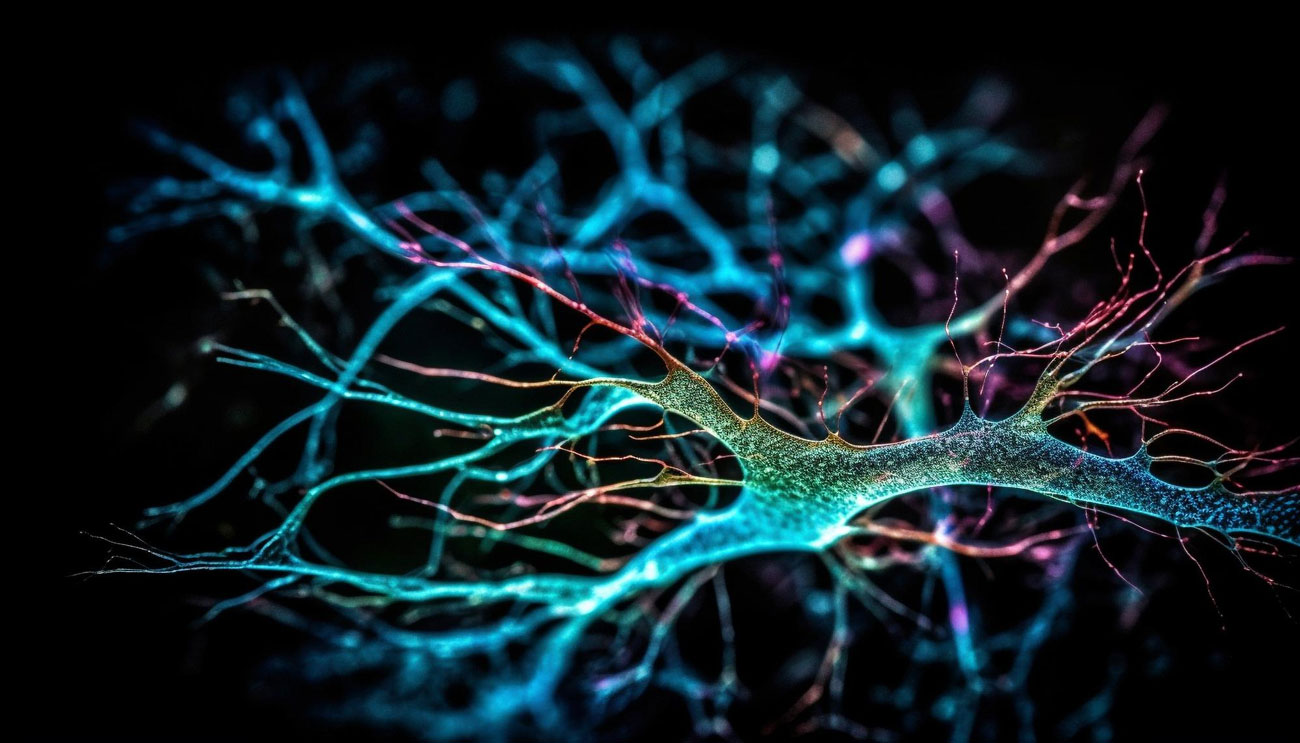
08:56
People don’t know how the brain actually creates consciousness. That’s just one of these amazingly complex problems. There’s no, I guess, easy answer to say, how does the brain create consciousness? If I could solve that today, I’d probably get a Nobel prize. If you guys can solve it, I want in. As a kid, I was always told, stop daydreaming. You’re wasting your time. Pay attention.
09:24
But I’ve heard, Marin, that your research says otherwise. You’re saying daydreaming is good for us. Yes. We’re both quite happy to hear that. I am here to say that daydreaming is actually really important for kids especially. We shouldn’t be trying to divert children away from actually engaging in a very sophisticated act of cognition. Oh, wow. Why would these amazingly complex systems, which are brains,
09:54
generate daydreams. It has to serve some evolutionary adaptive purpose. Otherwise we wouldn’t have evolved to have this capacity. Does it kill boredom? Like I can imagine you’re a plainsman, you’re out hunting for a rabbit, or your dad’s making you go hunting for a rabbit, and you’re like, oh, this is pretty boring. And you’re like, oh, what about if I just lived up there in the sky? That’d be amazing. Kills boredom. That’s what I reckon it’s for. I reckon there’s probably a time and a place. So if you are out hunting…
10:26
probably shouldn’t be daydreaming, because what if a saber-toothed tiger comes along?
10:34
That’s why you’re the professor and I’m not. It’s perfect. And neither are the hunters, yeah. But if we think about the actual purpose of daydreaming, so if we’re stuck at traffic lights or if you’re on the school bus, and it’s the same routine every day, the brain actually can predict what’s gonna happen next. And so it doesn’t need to be paying conscious attention all the time. So it’ll generate something more entertaining or more stimulating or more functional.
11:04
You could be thinking, yeah, next lesson I’ve got maths. I need to make sure that I have my homework done and that I need to give my letter into my teacher. A lot of the thoughts that we’re generating when we’re daydreaming are actually future-oriented and they’re highly adaptive. They’re helping us to remember to do things and they’re actually highly useful. The other thing that daydreaming is great for, and this is why I’m always trying to encourage it in kids, is because it’s closely linked to creativity.
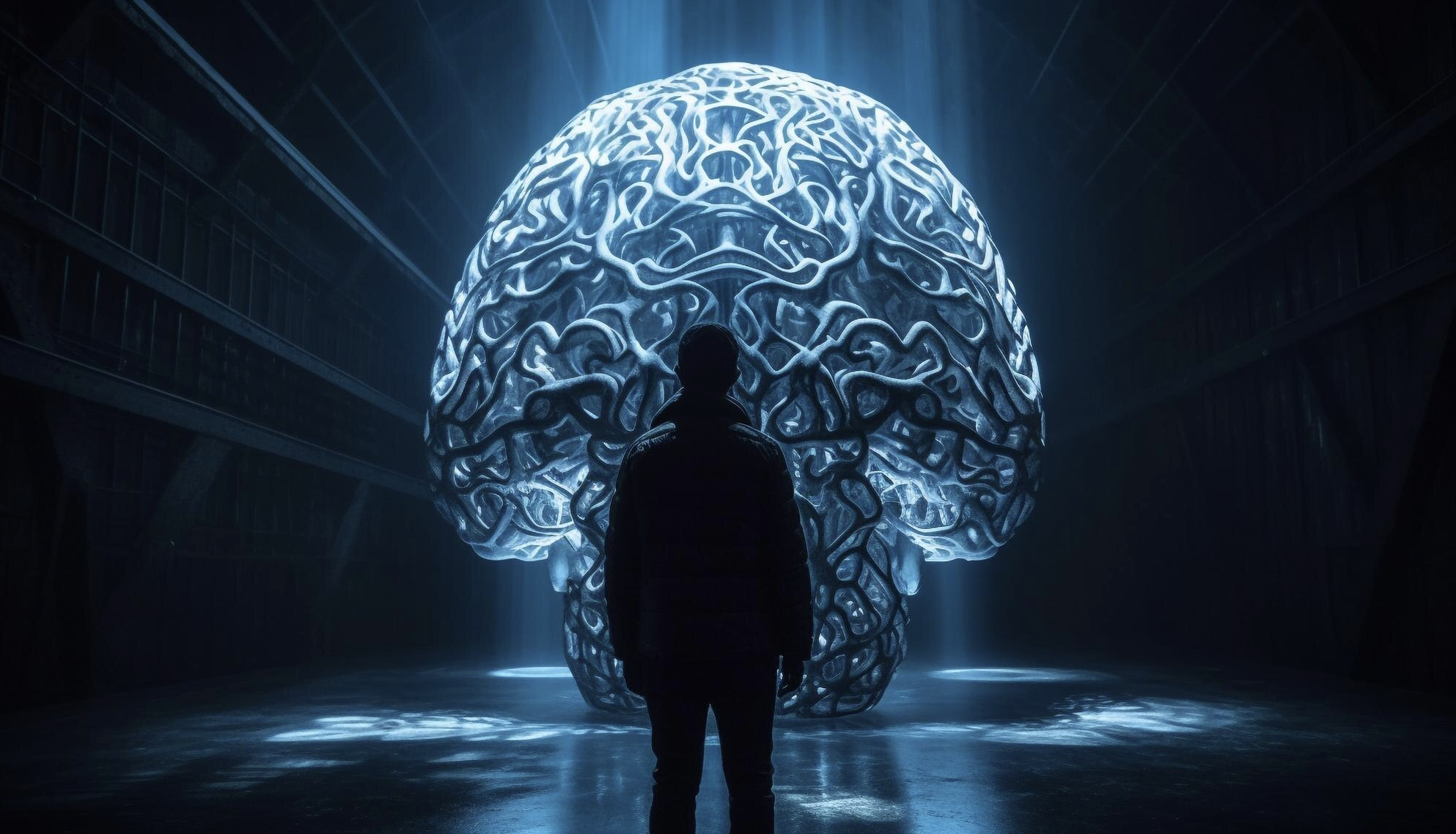
11:33
and to creative breakthroughs and to problem solving. A lot of the time we might be laboring on a problem and we just cannot come to the right solution. And the worst thing to do is to keep banging your head against the problem. It’s better to put it down, leave it, go and do something else and let the ideas kind of percolate in the background. And more often than not.
11:56
The daydreaming and the mechanisms that are happening will let these associations come back together in new and novel ways. And that’s where you get that Eureka moment. But you’re like, yeah, I’ve got it. Like Archimedes in the bath. Eureka! So your brain is highly active when you are daydreaming. So you’re not being idle. You’re actually giving your brain a very strong kind of mental workout. Amazing. Where was this information when I was in year five maths?
12:25
Okay, kids question. What happens to your brain when you die? Unfortunately, or fortunately, we actually don’t have an answer for this, but we can make some kind of predictions, I guess. So there was a very interesting study earlier this year. An older man who’d had a history of epilepsy and who was in for a routine kind of brain scan, where they did EEG, which is measuring the electrical activity in his brain.
12:55
And just by chance, this poor gentleman happened to have a heart attack during the scan and then died.
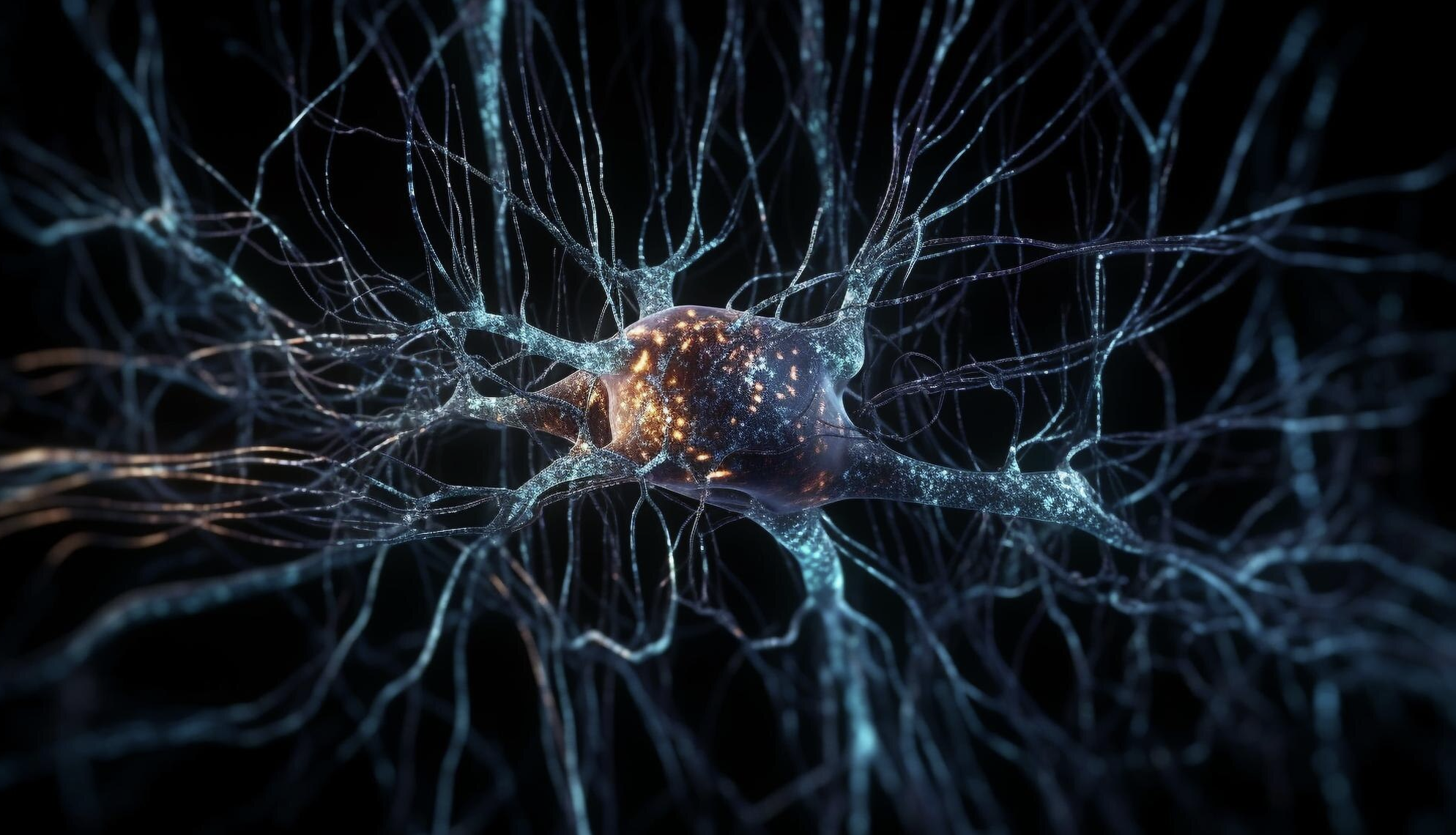
13:06
So the researchers were recording his brain activity right up to the point and for a few minutes afterwards. So they had an idea of what was actually happening in terms of the brain dynamics or the oscillations that we see. And so what they noticed was that just after the heart had stopped working, there was a surge of a certain type of brain activity in the gamma frequency.
13:33
In other studies, it’s been shown that these brain waves or these fluctuations are related to things like memory and daydreaming and flashbacks. And so that led the researchers to suggest that maybe just before everything shuts down, you might have a review or a flashing back over key memories or key points in your life. Wow. But that’s really nice. But the caveat is it’s just a single case study. This gentleman.
14:01
was very old, he was quite unwell, and he was on anti-convulsive medication, which can actually change the way in which your brain is reacting. So it’s just one case study, and I think people jumped on this because it’s a nice story that perhaps we review our lives, then we see, you know, different moments from our life. But there’s actually no scientific evidence as such to actually verify that.
14:29
So there probably are surges of activity before everything stops. But whether that actually means anything, we don’t know. And I think we probably won’t know. So when you do go, you don’t get anyone waving goodbye apart from your brain waves. Waving, wave. Ah, the Callum, he winners. That one’s taken. When I fell off my skateboard,
14:57
Why did everything go into slow motion? Yeah, good question. It sort of brings together time perception and how we feel about the passing of time and emotion. Time obviously is moving at a constant rate, but we experience it in different ways and that depends on our circumstances, what we’re doing at the times, the level of engagement that we have, as well as our emotional state. The obvious example is
15:27
time flies when you’re having fun. So you’re so caught up in really exciting, engaging activities. Your birthday party seems to go much faster than the same amount of time if you were in school. And then we also know that a watched pot never boils. What if you really had a great time watching water boil? What would happen?
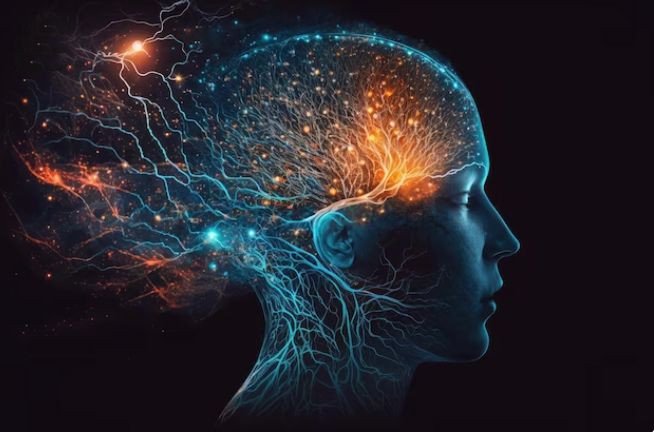
15:48
I think I’d be more concerned that that was how you were getting enjoyment in your daily activities. But if that’s your hobby, that’s great, Phil. This is a judgment-free podcast, apart from the judging. Now, in things like traumatic kind of incidents, like a falling off a skateboard.
16:10
We know that time seems to slow down, but actually it’s not that time is slowing down. This is your memory of the event. We talked about the amygdala earlier and the hippocampus. In an event that’s actually challenging your mortality or you feel like you’re in perilous danger, the activation of the amygdala is actually really pronounced.
16:38
So it’s firing up your fearful, stressful conditions. And it creates a really durable memory in exquisite detail because this has a survival advantage. You need to be able to remember these times when your survival was at risk. And so what you’re actually feeling is just a very detailed sort of rendition of that event that your brain is playing back to you because of the fearful.
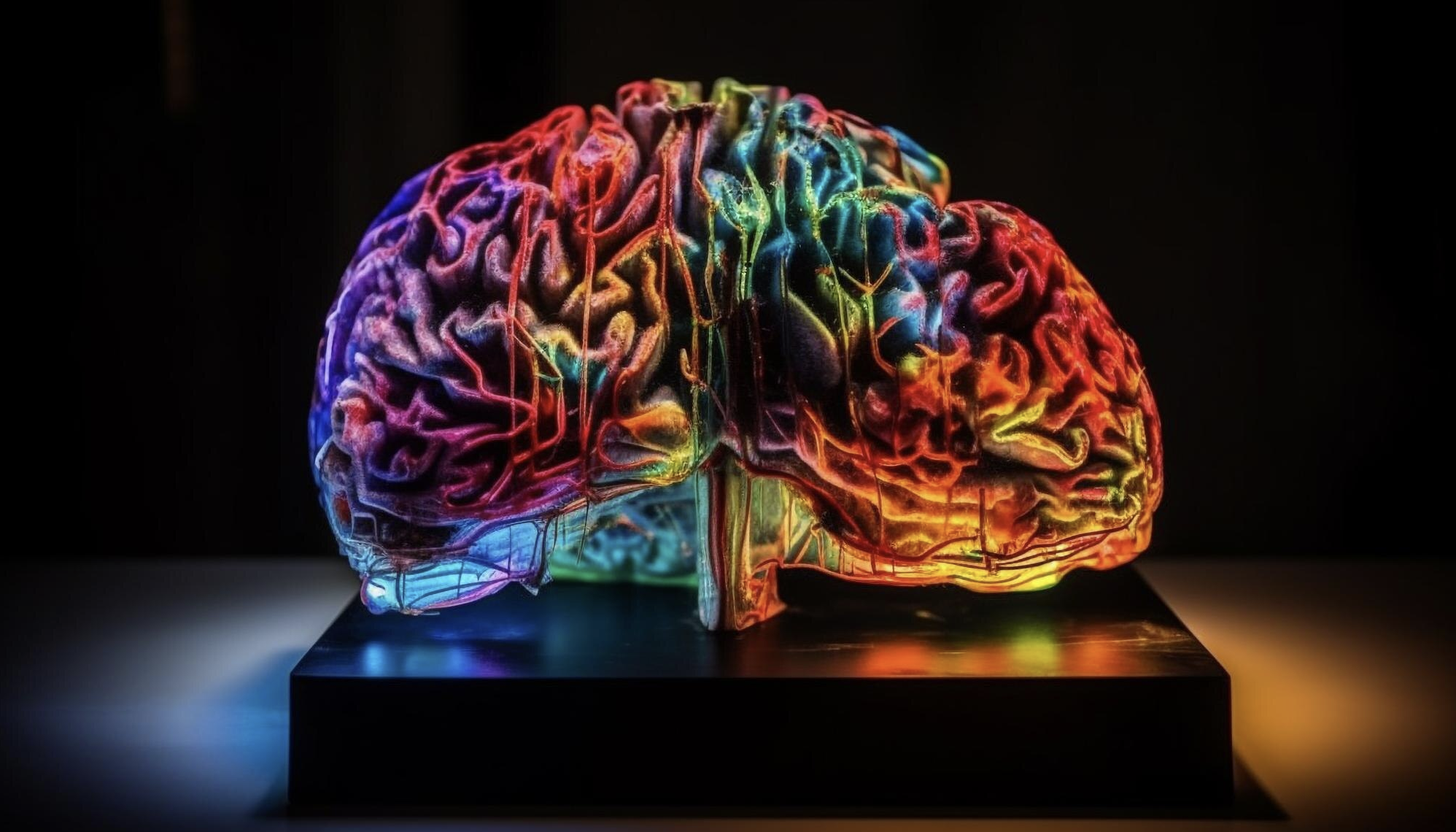
17:08
and challenging circumstances. It’s not that time slowed down, it’s that your memory has changed. You’re replaying it in a sort of a long, drawn out way to emphasize the details. Kids, I just want to say skateboards can be super dangerous. I have a friend that recently fell off his. He has a broken arm and two broken legs. And honestly, riding with crutches looked hard. It’s no wonder he’s stacked.
17:39
Why does the car ride to Granny’s always feel longer and shorter on the way back? Yeah, so this is very much linked to spatial navigation and novelty. Basically, one of the main jobs of the brain is to try and make sense and predict what’s coming next. So we’re trying to make sense of the world as we’re navigating through it. And we’re also trying to predict what’s going to happen next. When you’re going to Granny’s house.
18:08
Going there is a bit more novel as you’re venturing out. Where does Granny live? Hum. Is that her house? No, it’s much further. You’re trying to encode landmarks that might help you to remember the way back. Oh, look at that. Ah, yes. Interesting. Then you have the event at Granny’s house. What a wonderful surprise. Bye bye. And then on the way back, it’s a much more familiar ride. Oh, I remember that big tree.
18:38
We passed it, didn’t we? You’re just replaying it now in the reverse direction. And so it’s been suggested that is affecting how we perceive the passage of time during that sort of replay in that it doesn’t feel as novel to us as when we censored out. Where does Granny live? It feels like it was a lot shorter because you’re going, oh, yeah, I remember I passed that place. And yeah, I went there. And it’s a bit more familiar. Would it be right to say that your brain
19:07
has got the record light on going to Granny’s and then on the way back the record lights off. I think you’re probably still recording but you’ve actually got a template now from the initial visit and that you’re just comparing in the reverse direction back. There’s a lot of really nice studies in rats.
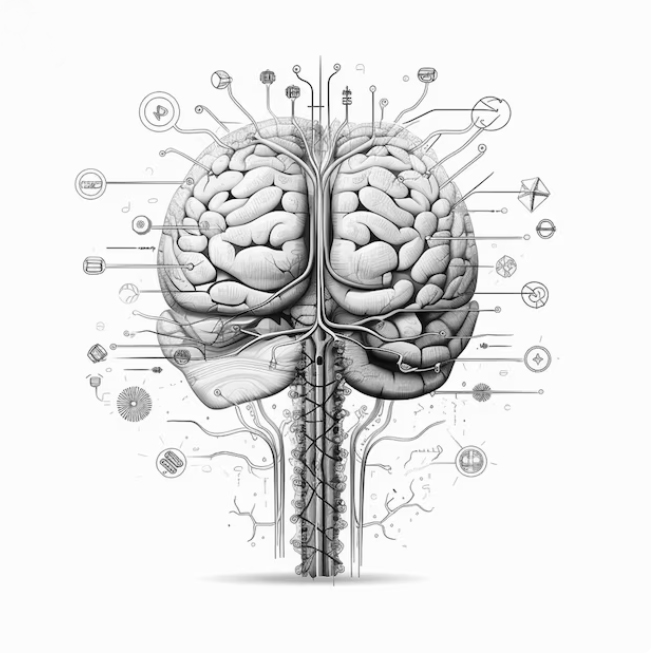
19:30
where they look at this kind of hippocampal, again, it’s the hippocampus, the rat looks around amazed and then it’s working its way back, it actually replays the route that it was taking in the reverse direction. And also an idea of pre-play, where mice are actually anticipating the route that they might take. And you can see how they’re navigating even before they’ve started their foraging or their exploring. It’s all very interesting. Is it also related to when you go on holidays to a new destination?
20:00
and your days stretch on forever. Like it feels like you’ve been on holidays for three weeks, but you’ve only been on holidays for one week. Is that kind of related to the same thing? Yeah, so like that’s related again to memory. There’s a really nice example that we can draw from that idea of holidays. For you’re cramming a lot of events and novel experiences into a period of time. Ladies and gentlemen, welcome to Toronto. Barcelona. New York. Paris.
20:29
And so it can make the time feel like it’s longer because you’ve had more novel experiences that you encode and you’re updating your memory the whole time. Look, the Eiffel Tower. Gosh, I thought it’d be shorter. If you think then about how time felt when we were in lockdown for COVID, so we had days that felt like they were going on forever because nothing was happening. And then the weeks and the months just seemed to whiz by.
20:56
because again, we didn’t have formative sort of landmarks that were punctuating and breaking up the time. So it’s all bound back, I think, to memory in a way that when we’re having these like periods of like lots of activity happening, we can feel like we’ve been there for ages. But also if there’s a gap over a prolonged period of time, we can actually feel like the time just whizzed by and we have nothing to show for it. So it’s almost paradoxical. The days then can feel really, really long within the weeks.
21:25
and the months just feel like they went. Would it be possible to say that if I did different things all the time and my perception of time stretched out, would my perception be that I had a long, long life? Would I perceive that I lived longer than if I did the same thing over and over again? Yeah, it would take you ages to die because the flashback would take forever. Yeah, there’s something to be said for that. I think we need to also be careful that we’re appreciating the experiences that we’re having so we’re actually making good memories.
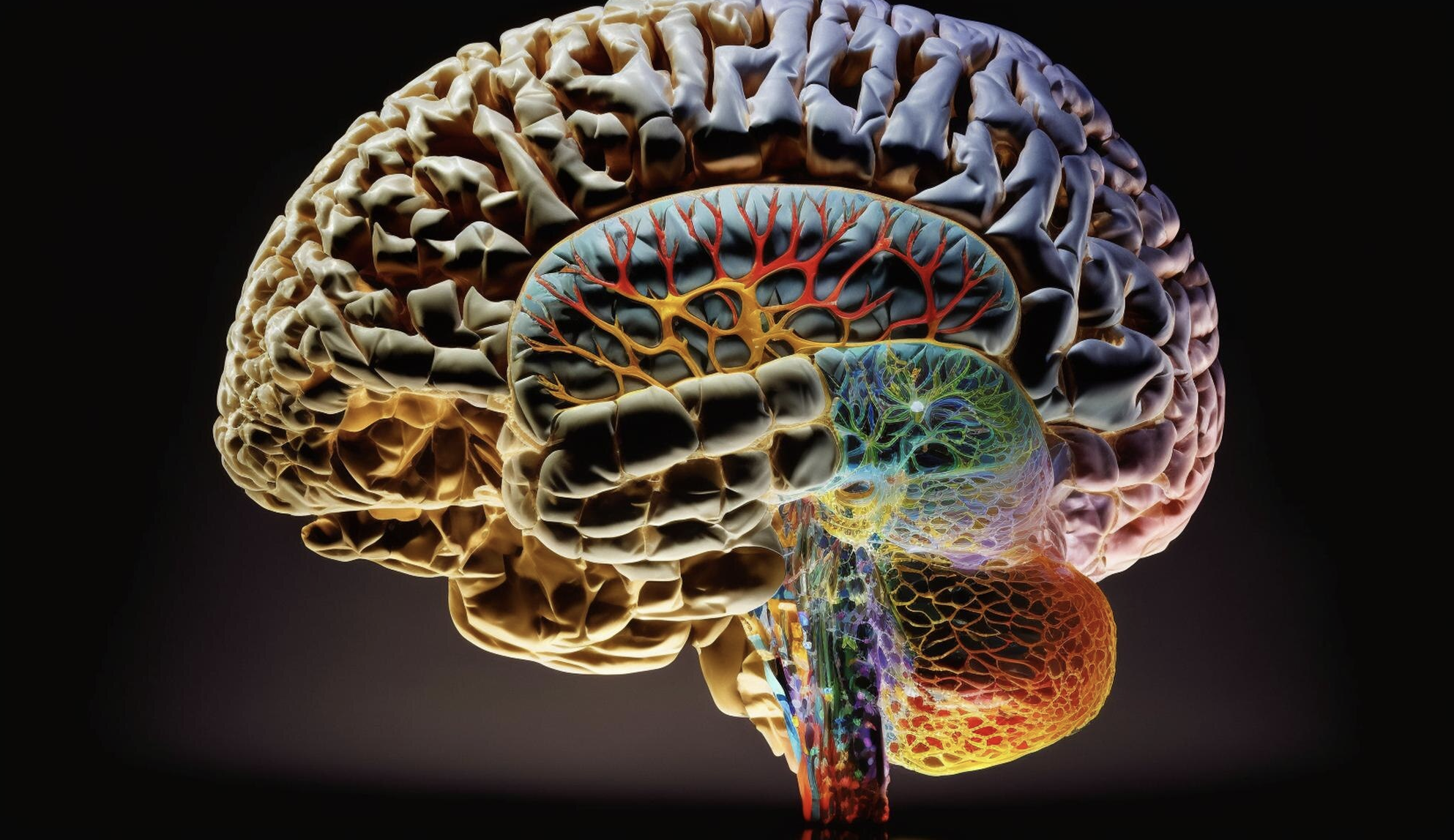
21:54
you’re not just trying to bungee jump and abseil and rock climb all in the one day. Because you need to make sure you’re encoding and storing memories in a nice comprehensive way. But having said that, there is evidence to suggest that when we get older, we actually feel like time is speeding up or passing more quickly. And it could be to do with the fact that a lot of the really kind of important and self-defining experiences happen to us when we’re in our late teens.
22:24
early adulthood. So there’s all the first, first date. Your first kiss, your graduation from college to your first job interview. Big moments that help you to emerge as the person you are and the adult you are, like first child, get married. They make landmarks in your timeline, but then as you get older, there are less of those defining firsts. And it’s been suggested.
22:53
that you start to feel like time is speeding up.
22:58
because it’s less of those really groundbreaking moments. So if you could put more first in there, you might feel like time wasn’t slipping away from you. That’s exactly why I decided to have our first child at 45 to prolong my life. Brave man. Yeah, good luck with that, that’s gonna be fantastic. That’s gonna work out just fine. So while we’re on the subject of time, I just wanna ask you,
23:28
Why our brains experience deja vu? And if you feel like you’ve heard that question before, that’s okay. Yeah, another really interesting quirk of memory. I guess the current thinking is that it’s the feeling of familiarity that we often have when we remember a memory or an event. This feeling occurs in reaction or in response to something that’s familiar in the environment. So it could be that you’re walking down the street and you go, oh, I feel like I’ve done this exactly before.
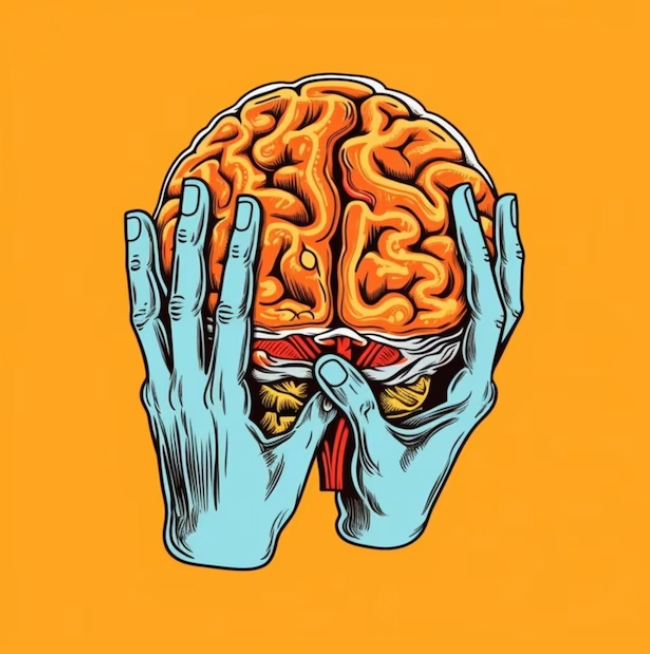
23:58
you’re beside me, we’re having the same conversation. But actually it’s the feeling of the event having occurred before without the contextual detail. The actual details of the memory are not being reinstantiated by the brain. When we remember, we’re not actually remembering entire events that we like pull out of a filing cabinet and just replay. Memory is highly constructive. So when we remember, we have to reactivate the same visual experience.
24:28
same sounds, the same understanding, everything. And then the hippocampus that we talked about earlier pulls all of that activation together into a meaningful event. Oh wow. Well then, why don’t kids get the feeling of deja vu when they’re walking to school every day? Because it would be the same thing over and over. Yes, it’s one of these quirks I think that we don’t have a full or complete understanding of. And I think it’s very difficult to study because it’s not something that…
24:56
happens in a way that we can kind of experimentally manipulate. It’s always based on people remembering that they had an instance of déjà vu. The current thinking is more that the details for a particular event are not there to substantiate that feeling. So it feels familiar but it’s without that true episodic detail. That’s very cool. That is very cool. Okay, kids question. How can we all see colour the same way? I love this question.
25:27
This can be answered looking at two different aspects, I guess, of brain and vision. Objectively, we know that our eyes are all pretty much structured the same way. So we know that there are sensors in the back of the eye, and they help us to convert light and information into electrical signals, and that gets processed by the brain. Some of these are called photoreceptors, or cones. They help us to tune in to different aspects of color.
25:56
And most of this is through blue, green, and red. They’re the main colors that we are able to perceive through light and through these photoreceptors. And so the information then gets combined in different ways and then we can perceive the whole spectrum of colors. So that’s objectively the way our eyes are made. And that’s objectively the way this process works. And most of us will go around thinking that we’re all experiencing the world the same way. But when you start thinking about it like this question,
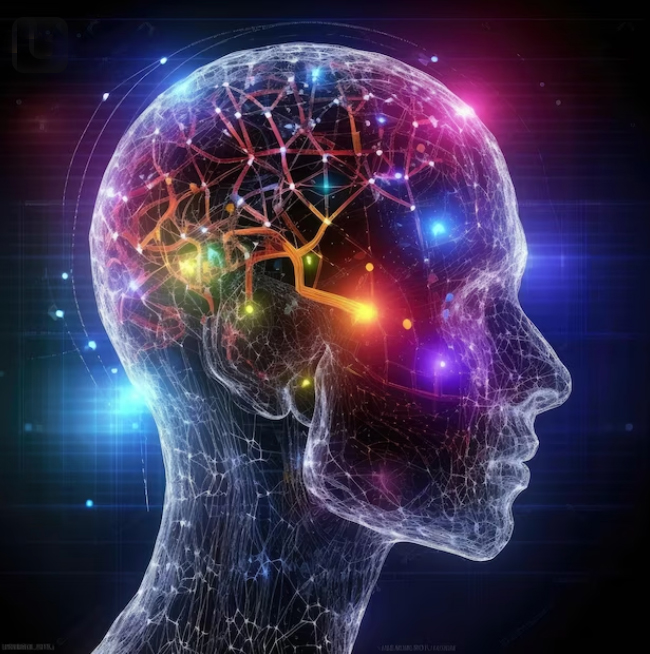
26:25
That’s not necessarily true. We know that there are people out there who have color blindness, and so they’re not able to detect variations in color. And so we have to try and adapt and make sure that we’re making signs in the right colors so that people can actually perceive differences between these different types of light color. There’s also this really funny example. A few years ago, this dress went viral on social media.
26:53
This woman in Scotland was trying to settle an argument about a dress someone was going to wear as a guest to a wedding. And she put up a picture on her Tumblr, I think, and said, guys, can you please settle this debate? Is this a white and gold dress, or is this black and blue dress? She thought that was a very innocent question. And it went absolutely viral and no one could agree. Some people were saying, it’s white and gold, and others are saying it’s blue and black.
27:22
And it just shows, I think, how perception of color is probably affected by context, the way the light is maybe hitting off different surfaces, and the way we’re viewing things in a different context compared to other people, and the way our prior knowledge and our prior experiences shape the way in which we’re perceiving the world. So to answer what I know is going to be the question, I see it as blue and black, and I can’t understand how this debate even emerged, but…
27:51
people genuinely do see it as white and gold. Is colour also a bit of a cultural thing? Is it possible that brains can be culturally wired to recognise different things, like different colours, for instance? Probably it’s more about whether those cultural experiences are shaping how we perceive, because we’re all a product of the environment, the times, you know, our family unit, the cultural milieu that we’re all operating in.
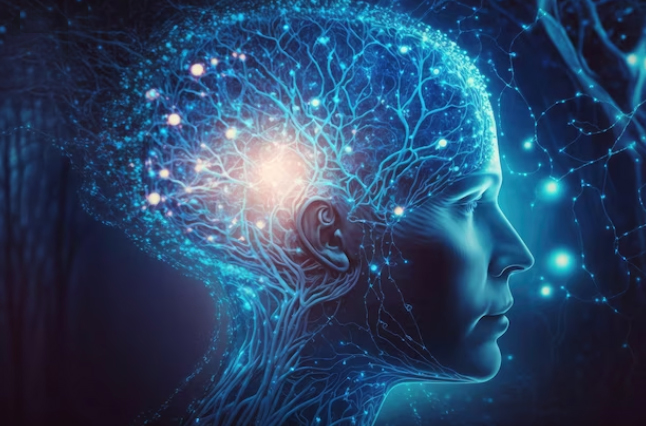
28:19
I think it’s really interesting when you think about Eskimo populations have so many different words for snow because that’s so central to their life and how they live. Unfortunately in cognitive neuroscience a lot of the tests have been developed on middle class white American or European high socio-economic status populations.
28:44
And so there is a big drive now within the neurosciences that we need to embrace all of these different cultural differences because they do make up who we are. And you can’t take a person and try and study how they think by taking it out of the context in which they operate in. So I think that’s a really good point. Yeah, awesome. Also, is it true that they’ve done MIR scans on people that have become fathers recently that have enlarged sections dedicated to dad jokes?
29:14
Yeah, I mean that is a definite evolutionary mechanism going on there. Professor Maroon Irish, thank you so much for coming on. It’s been fantastic. You’ve blown my mind. Oh, thank you so much. It was really awesome. I’m going to look up what my almond shaped… Yeah. Amigdala. Yeah. Amigdala. If anyone listening there, you can see everything that we’ve talked about on our website. Smallminds.au
29:42
Keep curious people and keep asking the big questions. Big questions from small minds.
